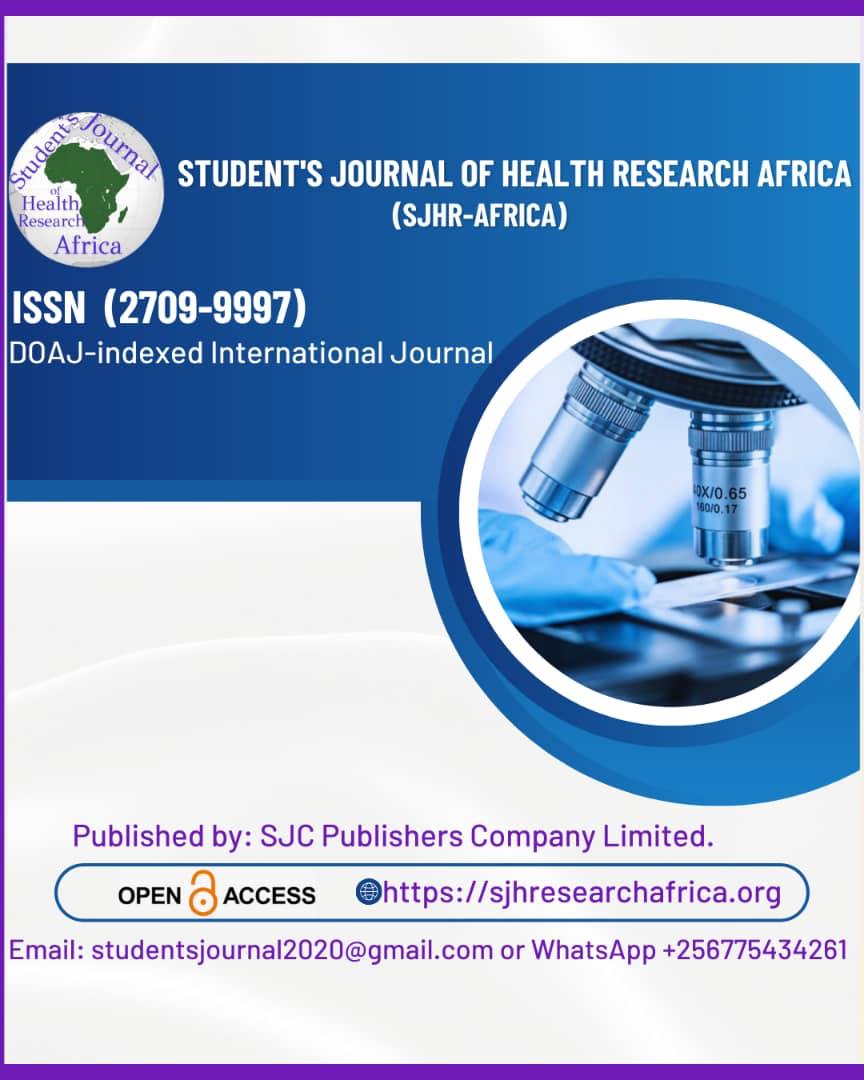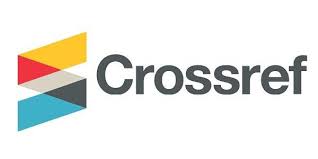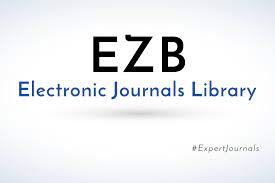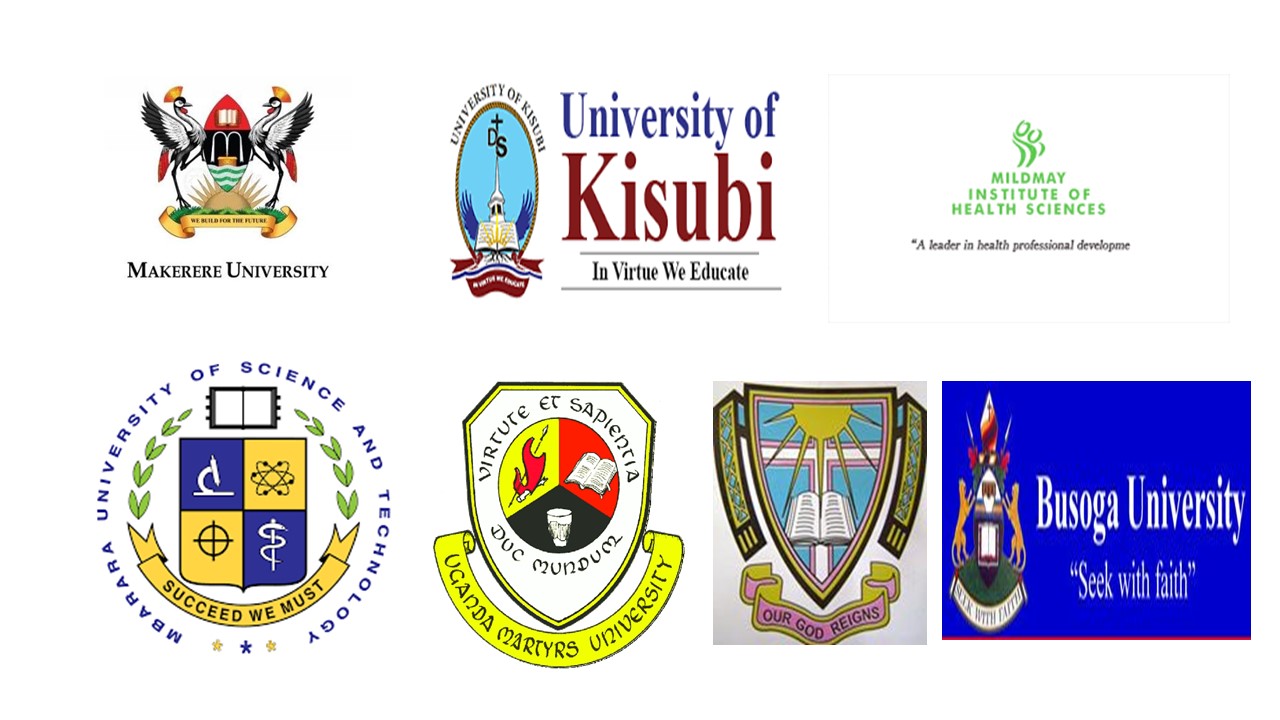A Quantitative Study Assessing the Impact of Urban Expansion on Biodiversity in the eThekwini Municipality.
DOI:
https://doi.org/10.51168/sjhrafrica.v6i6.1682Keywords:
Urban expansion, biodiversity loss, peri-urban areas, eThekwini municipality, ecosystem services, environmental awareness, community perceptions, habitat fragmentation, medicinal plants, sustainable urban planningAbstract
Background
Urban expansion poses a significant threat to biodiversity, particularly in rapidly developing municipalities like eThekwini. This study aims to assess how land-use changes driven by urbanization are affecting biodiversity, with a focus on the diversity of flora and fauna in peri-urban areas.
Methods
A cross-sectional survey design was employed, integrating spatial analysis using GIS data and structured community-based surveys. Biodiversity assessments were conducted in three peri-urban zones: Umlazi, Inanda, and Ntuzuma. Structured questionnaires were administered to 60 participants, including residents, conservation officials, and traditional leaders. Land cover change data from 2003 to 2023 were analyzed to track patterns of urban expansion and habitat transformation.
Results
The findings revealed a 34% decline in natural vegetation over the past two decades, with significant reductions in bird and amphibian species in the affected zones. The sample included 55% female and 45% male participants, aged between 25 and 65 years, with educational backgrounds ranging from secondary school to tertiary education. Community perceptions highlighted increased human-wildlife conflict, reduced access to traditional medicinal plants, and declining pollinator populations. Participants with higher education levels demonstrated greater awareness of the ecological consequences of urban sprawl.
Conclusion
Urban expansion in the eThekwini Municipality is significantly impacting local biodiversity, especially within peri-urban ecosystems. Habitat loss is threatening species richness and compromising ecological services critical to the well-being of local communities.
Recommendations
The study recommends the integration of green infrastructure in urban planning, the promotion of community-led conservation initiatives, and the development of policy frameworks that prioritize biodiversity-sensitive development. Additionally, targeted environmental awareness programs should be intensified, particularly in rapidly urbanizing communities.
References
Andrade, G. S. M., & Rhodes, J. R. (2012). Protected areas and local communities: An inevitable partnership toward successful conservation strategies? Ecology and Society, 17(4), 14. https://doi.org/10.5751/ES-05216-170414
Chazdon, R. L., Brancalion, P. H. S., Laestadius, L., Bennett-Curry, A., Buckingham, K., Kumar, C., Moll-Rocek, J., Vieira, I. C. G., & Wilson, S. J. (2020). Fostering natural forest regeneration on former agricultural land through enabling policies. Environmental Research Letters, 15(4), 043002. https://doi.org/10.1088/1748-9326/ab79e6
Council for Scientific and Industrial Research (CSIR). (2013). Promoting green urban development in African cities: Urban environmental profile for eThekwini, South Africa. CSIR.
Driver, A., Sink, K. J., Nel, J. L., Holness, S., Van Niekerk, L., Daniels, F., Majiedt, P. A., Jonas, Z., Harris, L., & Maze, K. (2012). National Biodiversity Assessment 2011: An assessment of South Africa's biodiversity and ecosystems. Synthesis Report. South African National Biodiversity Institute and Department of Environmental Affairs, Pretoria.
eThekwini Municipality. (2017). Durban Metropolitan Open Space System (D'MOSS) background information. Retrieved from https://parks.durban.gov.za
eThekwini Municipality. (2023). Integrated Development Plan 2023/2024. Durban: eThekwini Municipality.
Fischer, J., Stott, J., Law, B. S., Adams, M. D., & Forrester, R. I. (2015). Human-wildlife interactions in urban areas: A review of conflicts, benefits, and opportunities. Wildlife Research, 42(7), 541-553. https://doi.org/10.1071/WR14229
Intergovernmental Science-Policy Platform on Biodiversity and Ecosystem Services (IPBES). (2019). Summary for policymakers of the global assessment report on biodiversity and ecosystem services. IPBES.
McDonald, R. I., Kareiva, P., & Forman, R. T. T. (2008). The implications of current and future urbanization for global protected areas and biodiversity conservation. Biological Conservation, 141(6), 1695-1703. https://doi.org/10.1016/j.biocon.2008.04.025
Millennium Ecosystem Assessment. (2005). Ecosystems and human well-being: Biodiversity synthesis. World Resources Institute.
Palmer, J. A. (2002). Environmental education in the 21st century: Theory, practice, progress, and promise. Routledge.
Seto, K. C., Güneralp, B., & Hutyra, L. R. (2012). Global forecasts of urban expansion to 2030 and direct impacts on biodiversity and carbon pools. Proceedings of the National Academy of Sciences of the United States of America (PNAS), 109(40), 16083-16088. https://doi.org/10.1073/pnas.1211658109
Downloads
Published
How to Cite
Issue
Section
License
Copyright (c) 2025 Sibonelo Thanda Mbanjwa

This work is licensed under a Creative Commons Attribution-NonCommercial-NoDerivatives 4.0 International License.






















